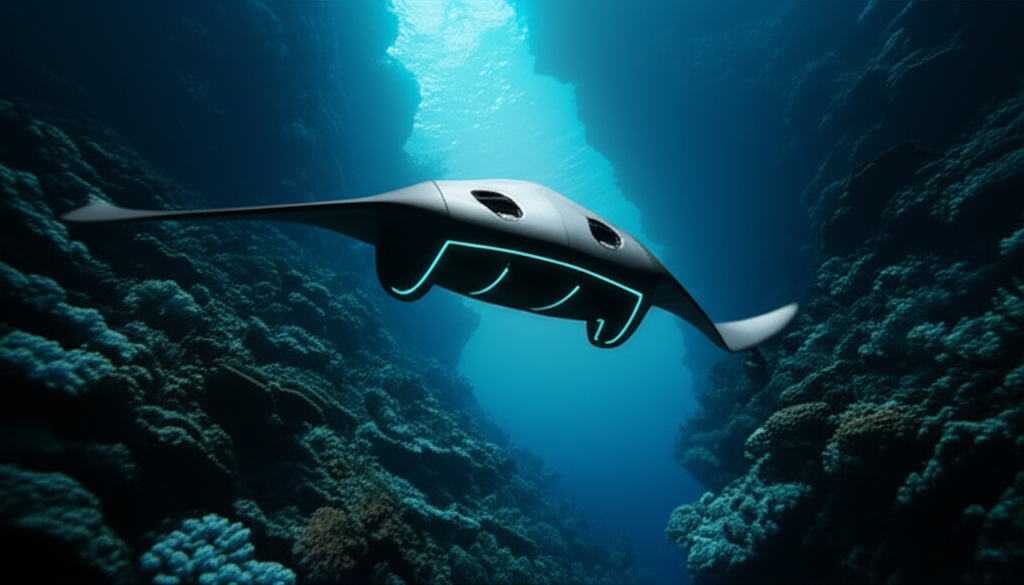
Invasive Species Drone
Development of underwater drones that detect and hunt invasive species using AI.
About Invasive Species
Underwater drones can work continuously in conditions where human divers cannot, providing scalable solutions for invasive species management.
Advanced computer vision algorithms identify invasive species with high accuracy, distinguishing them from native species in real-time underwater environments.
Precision robotics enable selective removal of invasive species without harming native marine life or damaging sensitive reef structures.
Automated systems reduce the labor costs and safety risks associated with manual removal, making large-scale invasive species control economically viable.
Problem Statement
Manual removal of invasive species is labor-intensive, expensive, and cannot scale to match the rapid spread of invasive populations. Human divers can only work in limited areas and conditions.
Invasive species continue to spread faster than removal efforts can contain them, leading to ecosystem collapse and biodiversity loss. Current methods are insufficient for the scale of the problem.
Autonomous underwater drones equipped with AI can work continuously, identify invasive species with high accuracy, and remove them efficiently, providing a scalable solution for invasive species management.
Project Locations
Coordinates: 42.3601°, -71.0942°
Primary research and development facility for drone design, AI algorithm development, and initial testing in controlled environments.
Coordinates: 36.8°, -121.9°
Open ocean testing facility for drone performance validation and AI training in real marine environments.
Milestones & Datapoints
Project Intention Document
Initial project scope and objectives for the initiative, outlining the foundational goals and strategic approach.
Document Type
R&D Proposal
File Size
4.2 MB
Status
Coming Soon
Prototype Development
Development of first-generation autonomous underwater drone with basic AI capabilities.
Prototype Units
3drones
AI Accuracy Target
95%
Operating Depth
100meters
AI Training Phase
Training AI algorithms on extensive invasive species datasets for accurate identification.
Training Images
50,000images
Species Categories
15species
Accuracy Goal
98%
Field Testing
Real-world testing of autonomous drones in invasive species hotspots.
Test Sites
5locations
Test Duration
6months
Get Involved

Tom De Block
Project Orchestrator

Mariano Fragiacomo
Project Coordinator
Join our mission to advance marine conservation through innovative technology and collaborative research.
Contact
Explore More Projects
Discover other innovative marine conservation initiatives making waves across the globe.
View All Projects